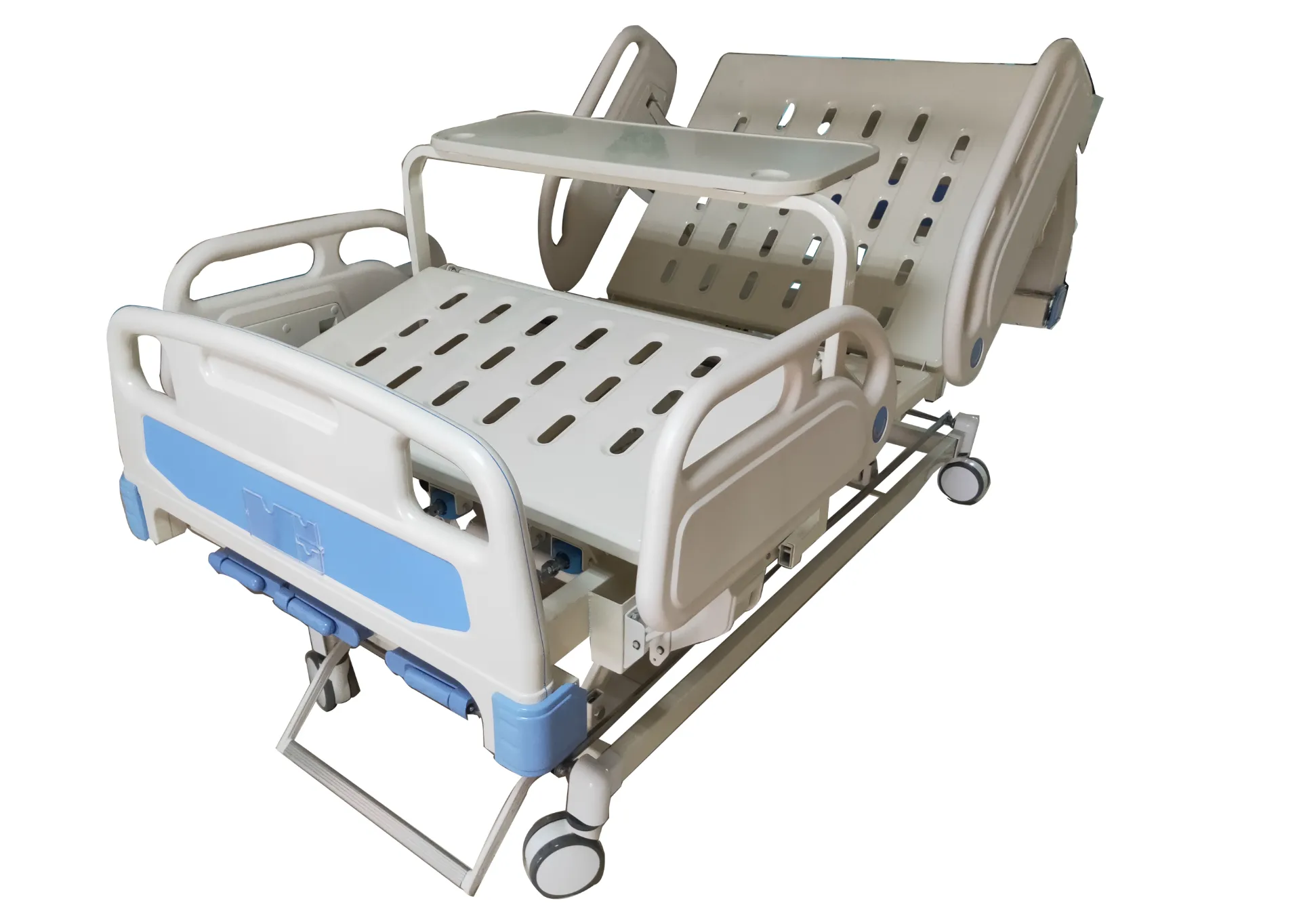Welcome to our websites!
mobility devices for walking
Mobility Devices for Walking Enhancing Independence and Quality of Life
In today's society, mobility devices designed for walking play a crucial role in enhancing the quality of life for individuals with mobility challenges. These devices are not only essential tools for assisting those with physical limitations but also serve as a means to promote independence, dignity, and social interaction. As people age or experience health issues, the need for reliable mobility aids becomes increasingly important. This article explores various types of mobility devices designed for walking, their benefits, and considerations for users.
Types of Mobility Devices
1. Walkers Walkers are simple yet effective devices that provide substantial support for individuals who need assistance while walking. They typically consist of a lightweight frame with four legs, allowing users to maintain balance and stability. Many walkers are equipped with wheels, making them easier to maneuver, and some come with additional features like seats, baskets, and adjustable height settings for maximum comfort.
2. Rollators Similar to walkers but with wheels and brakes, rollators offer enhanced mobility and independence. They come with a built-in seat, allowing users to rest when needed. Rollators are particularly beneficial for individuals who may tire easily and need to take breaks during their activities. The added convenience of storage compartments also enables users to carry personal belongings, making outings more manageable.
3. Canes Canes are among the most commonly used mobility aids that provide support and balance during walking. They come in various styles, including standard, folding, and quad canes (with four prongs at the base for added stability). Canes can be customized with different grips and heights to cater to individual preferences, making them versatile aids for those with mild to moderate mobility issues.
4. Crutches Crutches are designed for individuals recovering from injuries or surgeries that affect their legs or feet. They allow users to distribute their weight while keeping pressure off the injured area. Crutches require a certain level of arm strength and coordination, making them suitable for a specific demographic.
5. Mobility Scooters For individuals who require more support and speed, mobility scooters offer a larger, more robust option. These motorized devices are designed for outdoor use and can cover longer distances with ease. They are equipped with comfortable seating, easy-to-use controls, and can be a game-changer for individuals seeking mobility solutions beyond manual aids.
mobility devices for walking

Benefits of Mobility Devices
The primary benefit of mobility devices for walking is the restoration of independence. Many individuals who have mobility issues often feel restricted in their daily activities, potentially leading to feelings of isolation and decreased quality of life. By using mobility aids, users can confidently navigate their environment, engage in social activities, and maintain their sense of autonomy.
Furthermore, mobility devices can significantly enhance safety by reducing the risk of falls and injuries. Falls are a leading cause of injury among older adults, often resulting in serious health complications. Devices like walkers and rollators provide necessary support, allowing users to move safely and swiftly.
Considerations When Choosing a Mobility Device
Selecting the right mobility device is a personal decision that should be based on specific needs, preferences, and lifestyle. Factors such as the individual’s level of mobility, the types of terrain they will navigate, and their comfort with using various devices play critical roles in making an informed choice.
It is also advisable for users to consult healthcare professionals, such as physical therapists, who can provide valuable insights into the most suitable mobility aids based on personal circumstances. Proper fitting and adjustments are crucial for ensuring that the device effectively meets the user's needs.
Conclusion
Mobility devices for walking are essential components of a supportive and inclusive society. They empower individuals with mobility challenges to reclaim their independence and enhance their quality of life. As technology advances, new and improved mobility aids continue to emerge, further enriching the lives of those who rely on them. By recognizing the importance of mobility devices and promoting their use, we can foster a more inclusive environment where everyone has the opportunity to move freely and partake in the joys of life.
-
Transforming Healthcare with Hospital FurnitureNewsJun.24,2025
-
Rehabilitation EquipmentNewsJun.24,2025
-
Mobility and Independence with WheelchairsNewsJun.24,2025
-
Freedom of Mobility with Our Rollator WalkersNewsJun.24,2025
-
Comfort and Independence with Commode ChairsNewsJun.24,2025
-
Bathing Safety and Independence with Shower ChairsNewsJun.24,2025
-
Navigating the Wholesale Landscape of Electric Mobility Solutions: Key Considerations for Power Wheelchair DealersNewsJun.10,2025











